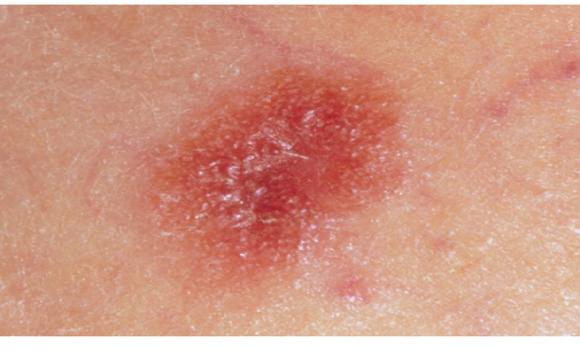
1 minute read
MELANOMA: AN OVERVIEW
Skin cancer is the most common cancer in Ireland, with 11,660 cases diagnosed in 2019.14
Melanoma is a serious form of skin cancer that develops from pigment-producing cells found in the upper layer of skin known as melanocytes. Less common than basal cell (BCC) and squamous cell carcinomas (SCC), melanoma is more serious because of its ability to spread rapidly to other organs, if not treated at an early stage.1
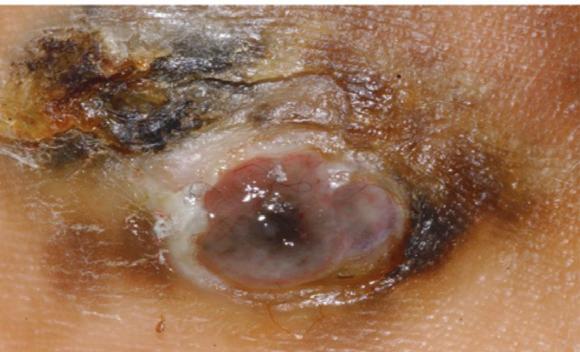
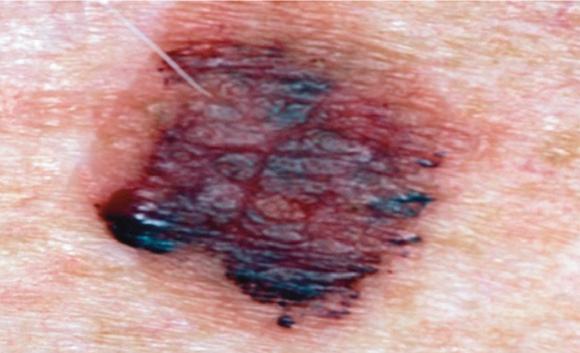
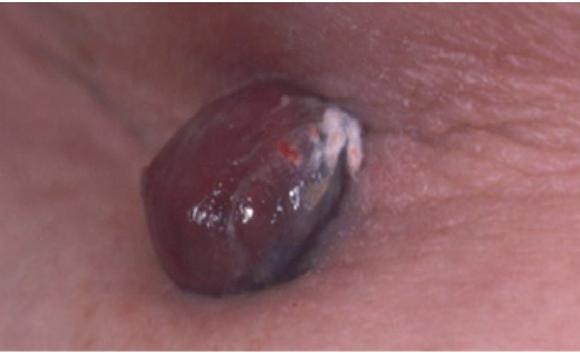
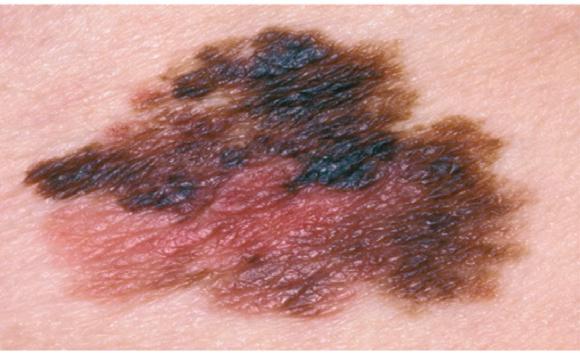
Melanoma is usually curable when it is detected and treated early. Once a melanoma has spread deeper into the skin or other parts of the body, it becomes more difficult to treat and can be fatal.1
Excluding non-melanoma skin cancers, melanoma is the fourth most common cancer in Ireland, with approximately 160 deaths and 1,100 new cases diagnosed each year.13 From once being a rare cancer, the average lifetime risk for melanoma has now reached one-in-50 in many Western populations.
Since the 1960s the incidence of melanoma has increased in Caucasian populations and become one of the most frequent cancers in fair-skinned populations.6
Australia and New Zealand have the highest incidents of melanoma in the world and there are also high rates in Northern Europe and North America. It is less common in Asia, Africa, and Latin America.3
Statistics from the National Cancer Registry Ireland (NCRI) show that the incidence of melanoma in Ireland continues to rise. With approximately 20 cases diagnosed per 100,000 persons per year, rates have increased by over
5 per cent per year in men since 1994,12 while female incidence rates have also increased over time, but at a lower rate of 2.7 per cent per year. Since 1994, mortality rates for melanoma in Ireland have increased by 2.3 per cent annually in females and 4.7 per cent per year in males.12
Unlike other solid tumours, melanoma mostly affects young and middle-aged people. The median age of diagnosis is 57 years and the incidence increases linearly after









